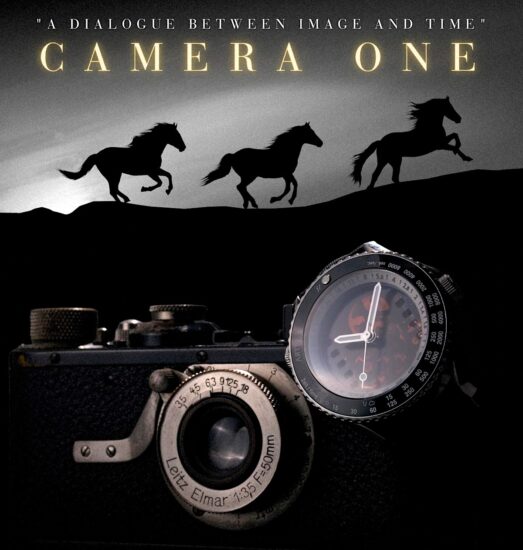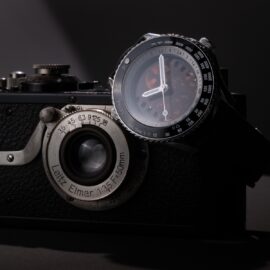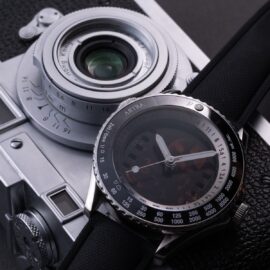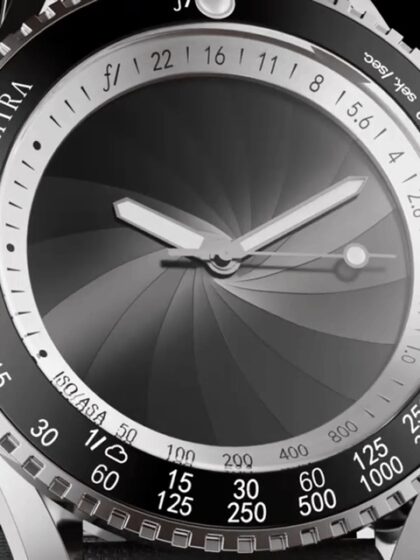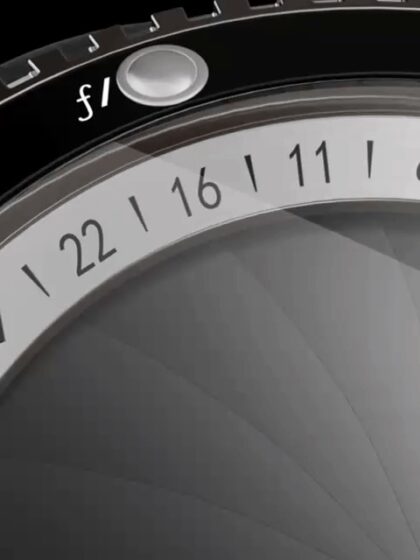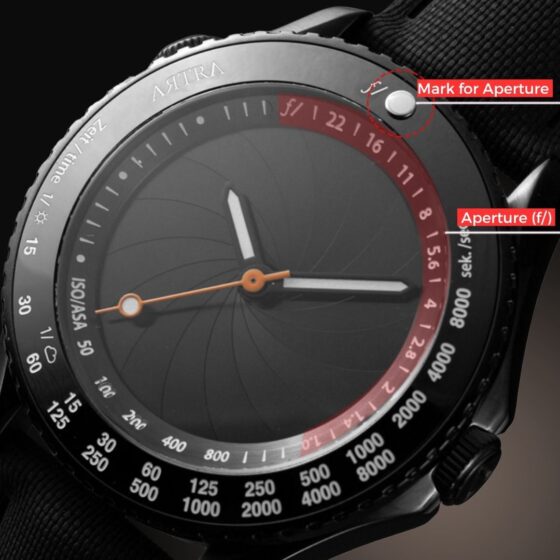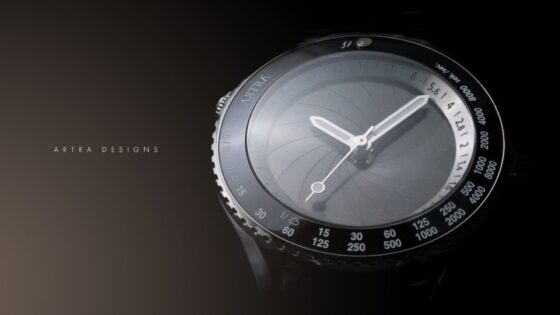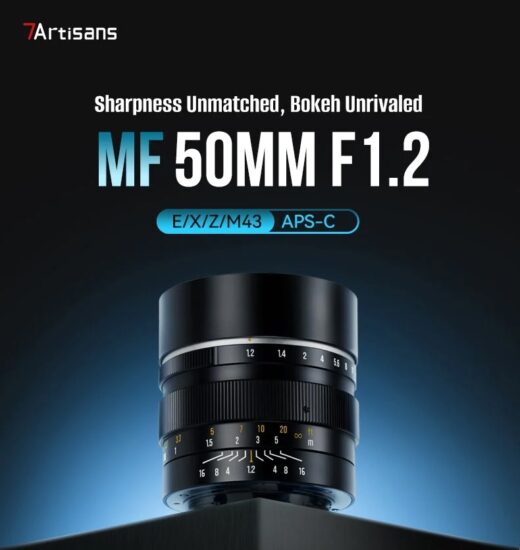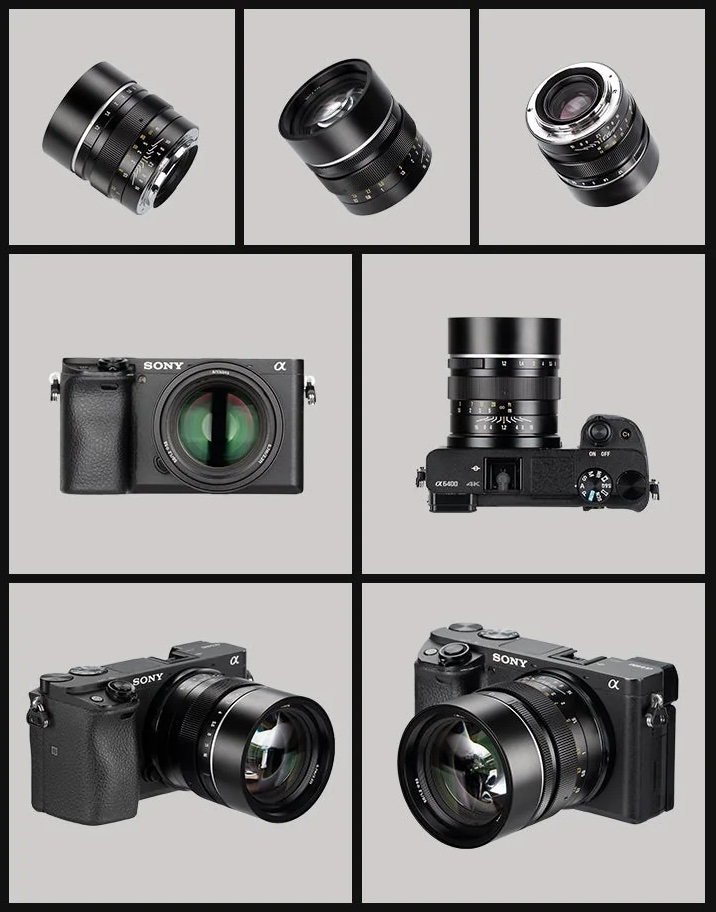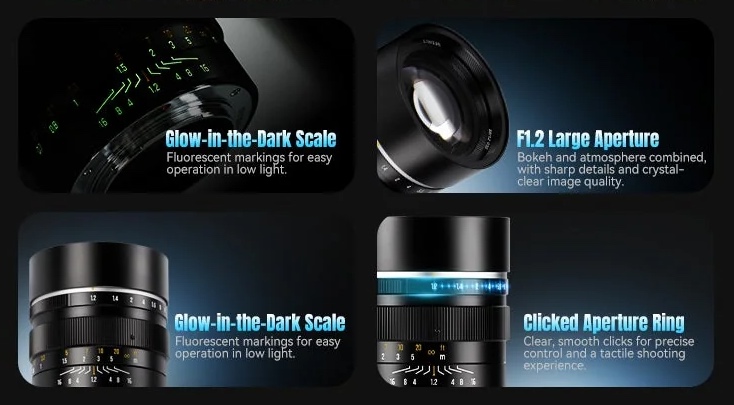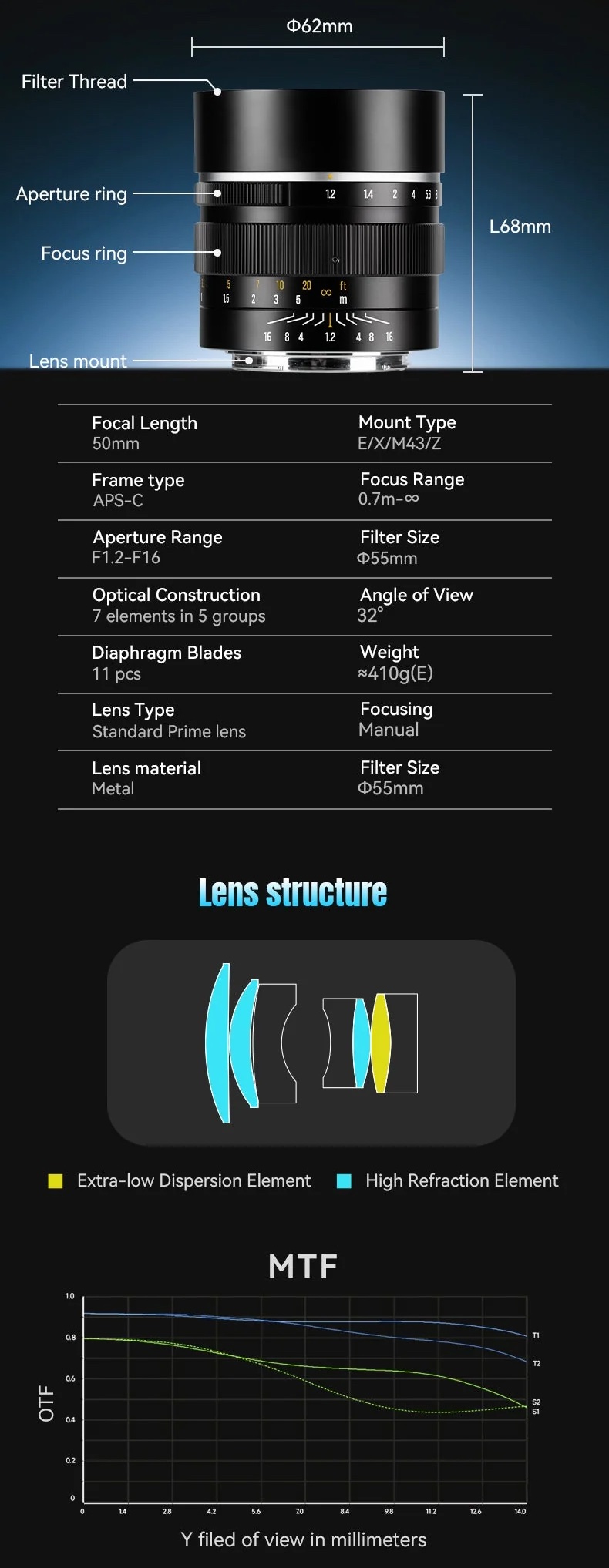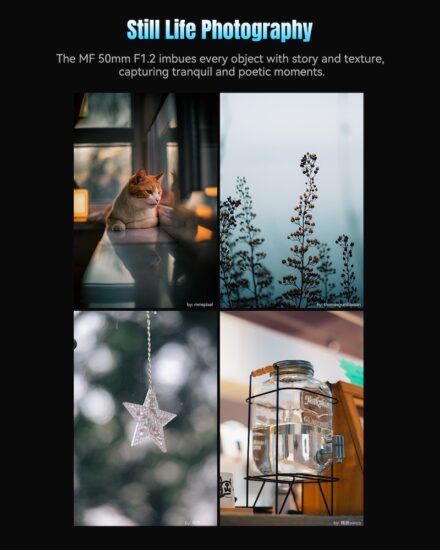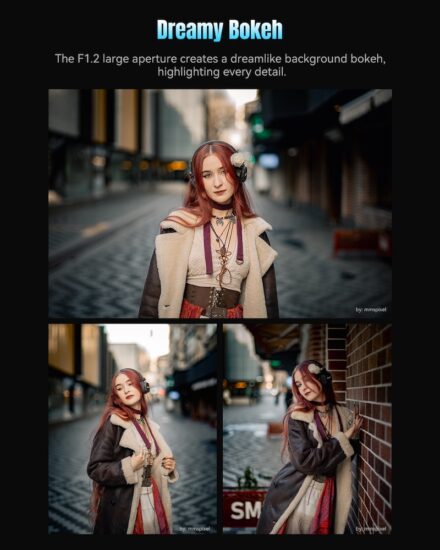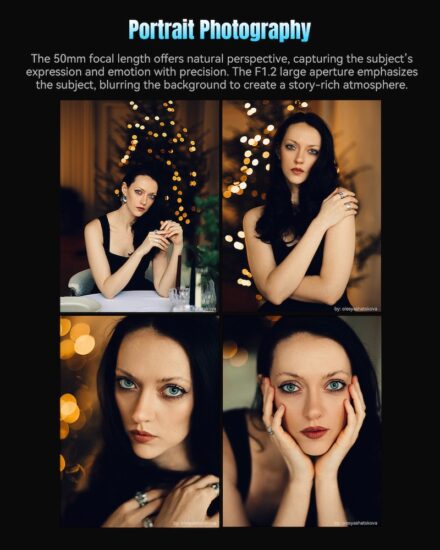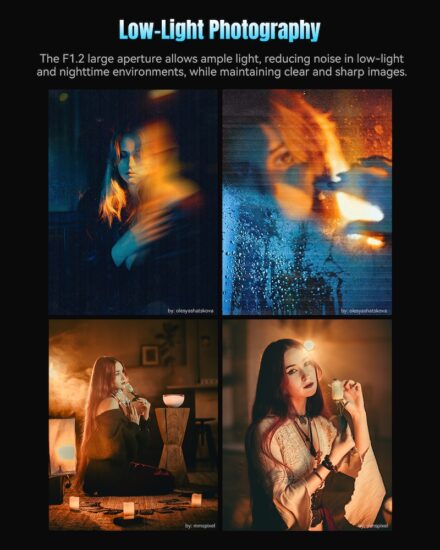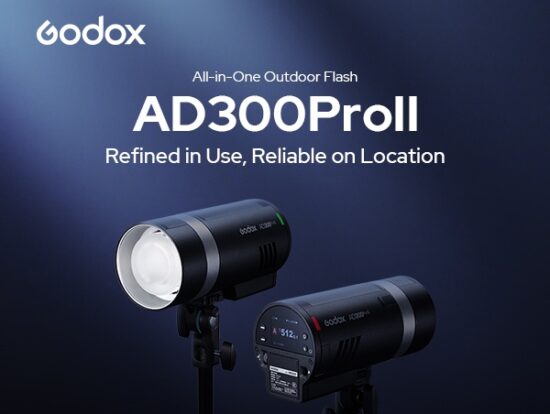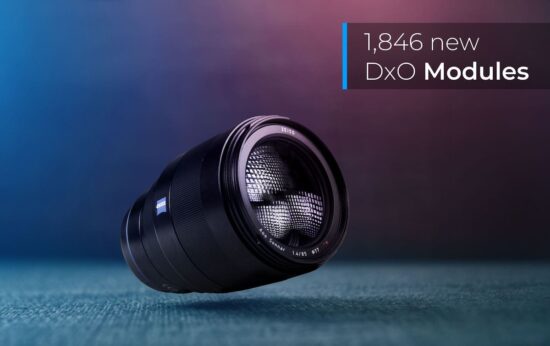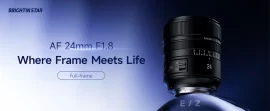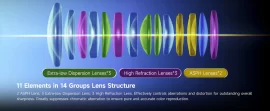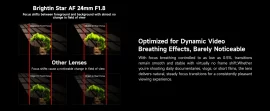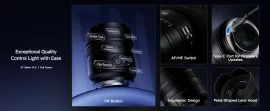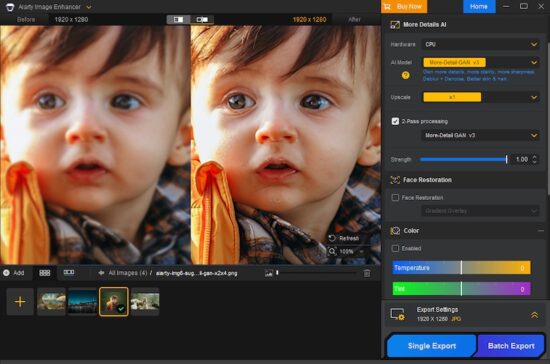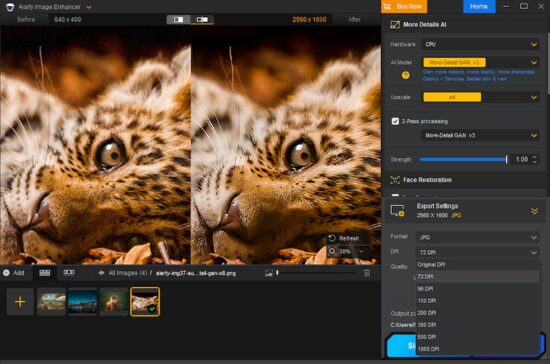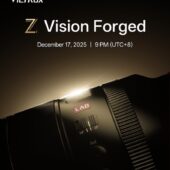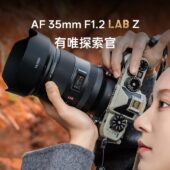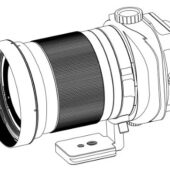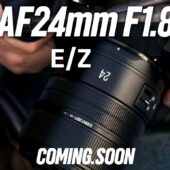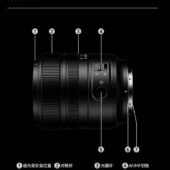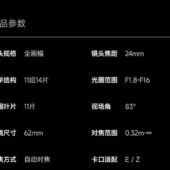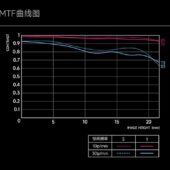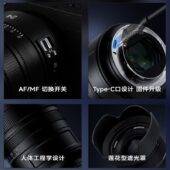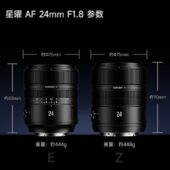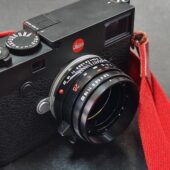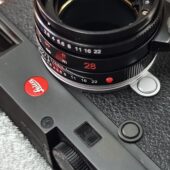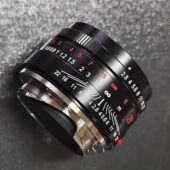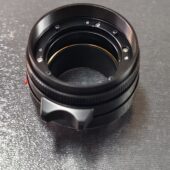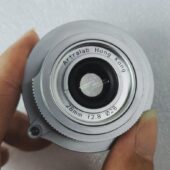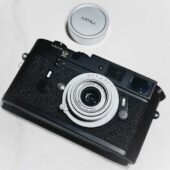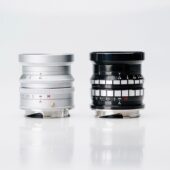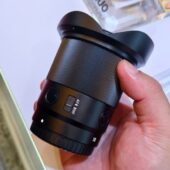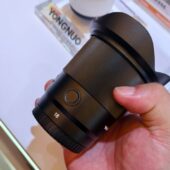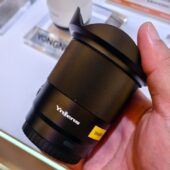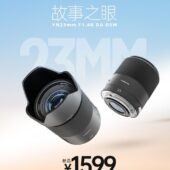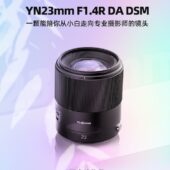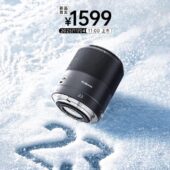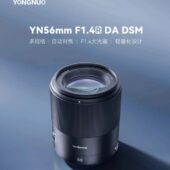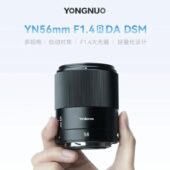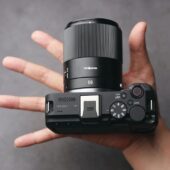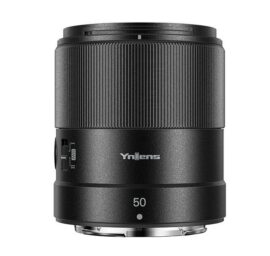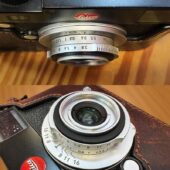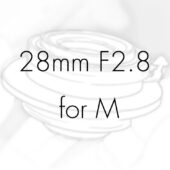Nikon is still adding features to the Z9, four years after launch
 |
| Image: Nikon |
Nikon has announced a new firmware update, 5.30, for the Z9, promising a "significant improvement" to the autofocus system's performance when tracking fast-moving subjects, alongside additional features.
The company is also now letting you use the subject detection with the single point and "dynamic AF" autofocus selection point types, giving you more flexibility in how you select which subject you want to focus on. The Z9 also gains the in-camera focus limiter and additional level of live-view magnification that were added to the Z8 and Z6III earlier this year, and has its "wide" area setting expanded to cover more of the image area.
Firmware 5.30 also improves the Auto Capture feature, with the company saying it's added "a new AF standby position." It also brings support for UVC/UAC, which lets you use it as a webcam for your computer without the need for additional drivers or software (though it seems unlikely that there were that many people demanding this ability for their pro sports camera).
The camera also gains support for Nikon's "Flexible Color Picture Control," which lets you create a custom color mode using its desktop software, then load it onto the camera for it to use while creating JPEGs.
It's nice to see Nikon continuing to add new features to the Z9 over four years after it announced the camera. While some of them may have debuted in lower-end cameras in the company's lineup, that gives the company all the more reason to add them to its highest-end camera if it can, so we're happy to see Nikon taking that opportunity.
THE BEST GETS BETTER: NIKON RELEASES NEW FIRMWARE VERSION 5.30 FOR THE Z 9 FLAGSHIP PROFESSIONAL MIRRORLESS CAMERA
Updates Especially Benefit Pro Sports Shooters; Include Improved AF Performance and Functionality, Auto Capture Enhancements, Flexible Color and More
MELVILLE, NY (DECEMBER 15, 2025) -- Today, Nikon Inc. is pleased to announce the release of firmware version 5.30 for the full-frame/FX-format flagship mirrorless camera, the Nikon Z 9. This free firmware is now available for download and adds improvements across the board to further enhance the capabilities of Nikon’s top-of-the-line mirrorless camera.
The new firmware adds multiple focus enhancements, starting with a significant improvement in subject acquisition, tracking and stability for fast-moving subjects such as athletes. The advanced subject detection, created with Nikon’s deep learning technology, now works in other focus modes, making it easier to track the intended subject reliably in either single point or dynamic AF modes. Subject detection can now quickly be toggled on/off using a custom function button, if desired. The firmware also adds a new in-camera focus limiter, which allows the user to restrict the focus range to specific distances.
Improvements have also been made to the Auto Capture function, with a new AF standby position, and other operability and performance updates like face detection. The Z 9 now gives users the ultimate and most intelligent remote camera setup, without the need for any third-party triggering devices. This offers an extreme advantage for those shooting wildlife or professional sports with limited access.
Firmware version 5.30 adds support for Flexible Color Picture Control, which allows users to easily craft their own unique looks using NX Studio, Nikon's image browsing, processing, and editing desktop software. This new feature offers greater creative freedom by enabling intuitive adjustments to parameters such as color hue, brightness, and contrast using tools like Color Blender and Color Grading. Settings configured in NX Studio can then be saved to a memory card and loaded onto the camera as Custom Picture Controls for shooting. These settings are reflected in the live view display, allowing users to preview results in real time, reducing the need for post-processing.
Additional Improvements to Operability and Functionality
- Focusing is now possible with the maximum aperture in live view.
- A magnification option of [400%] has been added to [Zoom on/off] available for Custom Settings.
- Use of an external microphone (wired/wireless) is now possible when recording voice memos.
- Extended the dimensions of focus areas available with [Wide-area AF (C1)] and [Wide-area AF (C2)] AF-area modes.
- Added [Flat Monochrome] and [Deep Tone Monochrome] Picture Controls.
- Added [USB streaming (UVC/UAC)] to [USB] in the [NETWORK MENU].
- Changed the specifications for uninterrupted video output to HDMI devices such as external monitors when recording ended.
- The headphone volume level can now be adjusted in the “i” menu during video recording.
Z 9 owners can visit the Nikon download center to get the new firmware for free. Nikon will continuously meet users’ needs through firmware updates that expand the functionality of its cameras.

